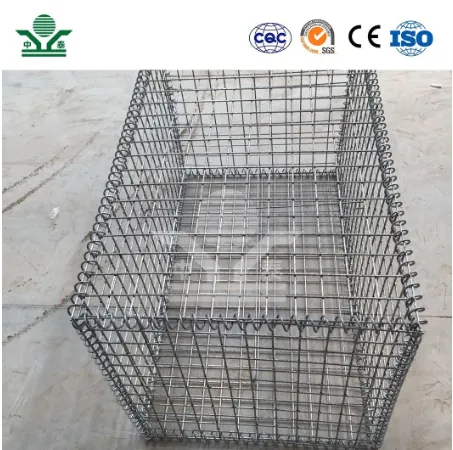Exploring the Concept of a Flexible Sound Barrier
In recent years, the quest for innovative solutions to combat noise pollution has gained immense significance. Among various approaches, the concept of a flexible sound barrier stands out as a promising technology designed to reduce unwanted noise while accommodating the dynamic nature of urban environments. Unlike traditional rigid structures, flexible sound barriers offer a range of benefits that enhance urban planning and community living.
Understanding Noise Pollution
Noise pollution is an escalating issue in many urban areas. Sources of noise range from traffic, construction activities, and industrial operations to recreational activities. Prolonged exposure to high noise levels can lead to a variety of health problems, including stress, anxiety, sleep disturbances, and decreased overall well-being. As cities continue to expand and develop, the need for effective noise mitigation strategies becomes increasingly urgent.
Traditional sound barriers, often made of concrete or other rigid materials, have been widely deployed along highways and noisy industrial zones. While these structures can be effective in reducing noise levels, they tend to be visually unappealing and may obstruct natural landscapes. Furthermore, their rigid nature limits adaptability to changing environmental conditions, which is where flexible sound barriers come into play.
The Concept of Flexible Sound Barriers
Flexible sound barriers are innovative structures designed to absorb and deflect sound waves through materials that can deform and adjust to various environmental conditions. These barriers are typically constructed using advanced composite materials, which allow for increased durability and versatility. The flexibility of these barriers enables them to respond dynamically to sound waves, enhancing their ability to mitigate noise effectively.
One of the key advantages of flexible sound barriers is their ability to blend seamlessly into different environments. Unlike traditional barriers, which can be stark and imposing, flexible sound barriers can be designed to mimic natural features, such as hills or vegetation. This aesthetic adaptability not only improves their visual appeal but also helps integrate them into the surrounding landscape, minimizing the psychological impact of urban noise.
flexible sound barrier

Mechanisms of Noise Reduction
Flexible sound barriers operate on several principles to reduce noise. They are designed to absorb sound through the use of porous materials that trap and dissipate sound energy. Additionally, their flexible nature allows them to vibrate in response to sound waves, further dissipating noise. Some advanced designs incorporate features like adjustable heights and shapes that can be modified according to specific acoustic requirements, making them highly effective in various situations.
Moreover, these barriers can be combined with landscaping techniques, such as planting trees or shrubs, to create a more effective sound attenuation system. Vegetation not only adds beauty to the barrier but also serves as an additional layer of sound absorption. The synergistic effect of flexible barriers and green spaces can lead to significantly lower noise levels in surrounding areas.
Potential Applications
The potential applications of flexible sound barriers are vast. They can be utilized in residential areas, near schools, parks, and hospitals, creating quieter and more peaceful environments for residents and visitors alike. Additionally, they can play a critical role in protecting wildlife habitats by reducing the impact of human-generated noise on local ecosystems.
In industrial contexts, flexible sound barriers can be deployed around manufacturing plants and logistics centers to mitigate the noise produced by machinery and transport activities. By creating dedicated zones for these operations without significantly disturbing surrounding communities, businesses can foster better relations with local residents.
Conclusion
As urban noise pollution continues to pose health risks and affect the quality of life, innovative solutions like flexible sound barriers represent a forward-thinking approach to noise mitigation. By combining functionality with aesthetic appeal and adaptability, these barriers have the potential to transform urban landscapes into quieter, more harmonious spaces. As technology progresses and public awareness of noise pollution grows, the integration of flexible sound barriers into our cities may soon become a standard practice, leading to healthier living environments and enhanced community well-being. Through this innovation, we can create cities that not only recognize the importance of reducing noise but also prioritize the quality of life for all residents.
-
Why Galvanized Trench Cover Steel Grating Resists Corrosion
NewsJul.10,2025
-
The Versatility and Strength of Stainless Expanded Metal Mesh
NewsJul.10,2025
-
Load Calculations in Steel Grating Platforms
NewsJul.10,2025
-
Keeping Pets and Kids Safe with Chicken Wire Deck Railing
NewsJul.10,2025
-
Hole Diameter and Pitch for Round Perforated Metal Sheets
NewsJul.10,2025
-
Aluminium Diamond Mesh in Modern Architecture
NewsJul.10,2025
Subscribe now!
Stay up to date with the latest on Fry Steeland industry news.

